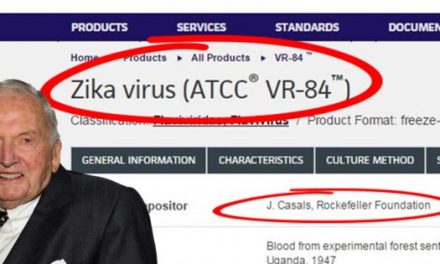Everyone knows that smoking can cause cancer. In fact, it’s the leading cause of preventable cancer in the United States. But did you know that the second leading cause of cancer was obesity? For the last 15 years, researchers have been investigating a link between obesity and cancer but that link has only been established conclusively in the past few years.
RELATED STORY:
However, while public health officials have programs that address obesity and cancer prevention, programs still haven’t been created to “specifically address obesity as a cancer risk factor”1 and most doctors aren’t talking about it either. But that needs to change.
“Because of decreasing smoking rates and increasing obesity rates, obesity is predicted to surpass smoking as the No. 1 preventable cancer risk factor within the next two decades.
It’s already a public health concern in Michigan, which has the 10th highest adult obesity rate in the nation. More than 32% of the state’s population is obese. That rate was as low as 25% in 2003. It has been rising steadily.”1
While researchers are still working to understand exactly why, many believe the link lies “somewhere in the changes that happen in belly fat”1 or visceral adipose tissue in the abdomen. That “tire” around your midsection.
You see, belly fat is more than just an energy source, it also produces hormones. And having too much fat can increase or decrease the amount of hormones, proteins and growth factors produced, which in turn, increases health risks.
To date, excess body weight or obesity are linked to 13 different types of cancer. Among them are ovarian, thyroid, uterine, pancreatic, colon and postmenopausal breast cancer.
“Changes in the belly fat of obese individuals are likely connected to many of the other serious health conditions associated with obesity, including cardiovascular disease, type II diabetes and metabolic syndrome, which is a combination of high blood pressure, high blood sugar, excess belly fat and abnormal cholesterol levels.
Take, for instance, type 2 diabetes, which is strongly associated with obesity. In many cases, the problem isn’t that the body isn’t making enough insulin, a hormone that regulates sugar in the blood, but that the body doesn’t recognize the insulin it’s making.”1
And insulin resistance is a potential cause of cancer because both high insulin and insulin resistance will promote the production of a hormone called insulin-like growth factor 1, which regulates cell growth on the one hand but can also stimulate the growth of cancer cells.
RELATED STORY:
But I don’t want to oversimplify what’s going on because yes, scientists have shown hormone production and inflammation can contribute to cancer formation, but they still don’t know exactly how obesity causes cancer.
RELATED STORY:
One solution is weight loss. However, just increasing your physical activity and eating cleaner improves health outcomes whether you lose weight or not! So why don’t people just increase physical activity? Environment, according to studies.
“Michigan’s health department was already treating obesity as a public health issue, working from the notion that obesity is not just a result of individual choices, but also a product of environment, of access to transportation and healthy food and places to exercise.
‘Our work is framed around changes to policy and changes to the environment,’ changes to the system that will support healthy eating and physical activity, said Gwen Imes, the unit manager for the Nutrition, Physical Activity, and Obesity Program of the Michigan Department of Health and Human Services.
‘Let’s say the community has a city park, but the park doesn’t have good lighting or the park doesn’t have any benches for people to sit down or it’s not safe. So we might engage law enforcement to work with us on a community level. Those are considered environmental changes, and, by making those changes, then we can say ‘OK, for those people in that area they can be physically active if that’s their choice.’”1
(This is especially important in the African American community where obesity-associated cancers are expected to rise.)
The relationship between obesity, healthy lifestyle and the environment isn’t simple and compact. But again, if you are looking to reduce your cancer risk, eat better, cleaner and fresher and MOVE YOUR BODY because “reducing your risk of cancer lies more with living a healthy lifestyle than the number on a scale.”1
SOURCE:












